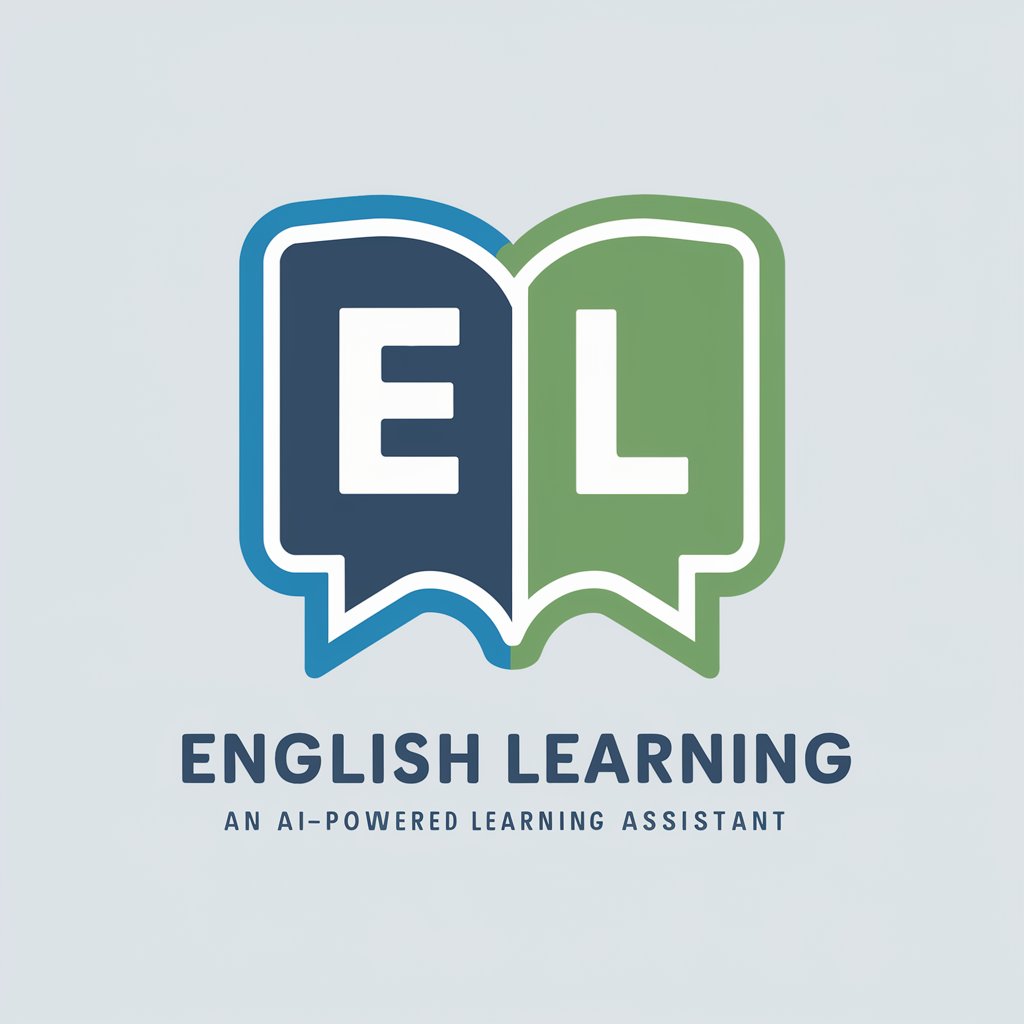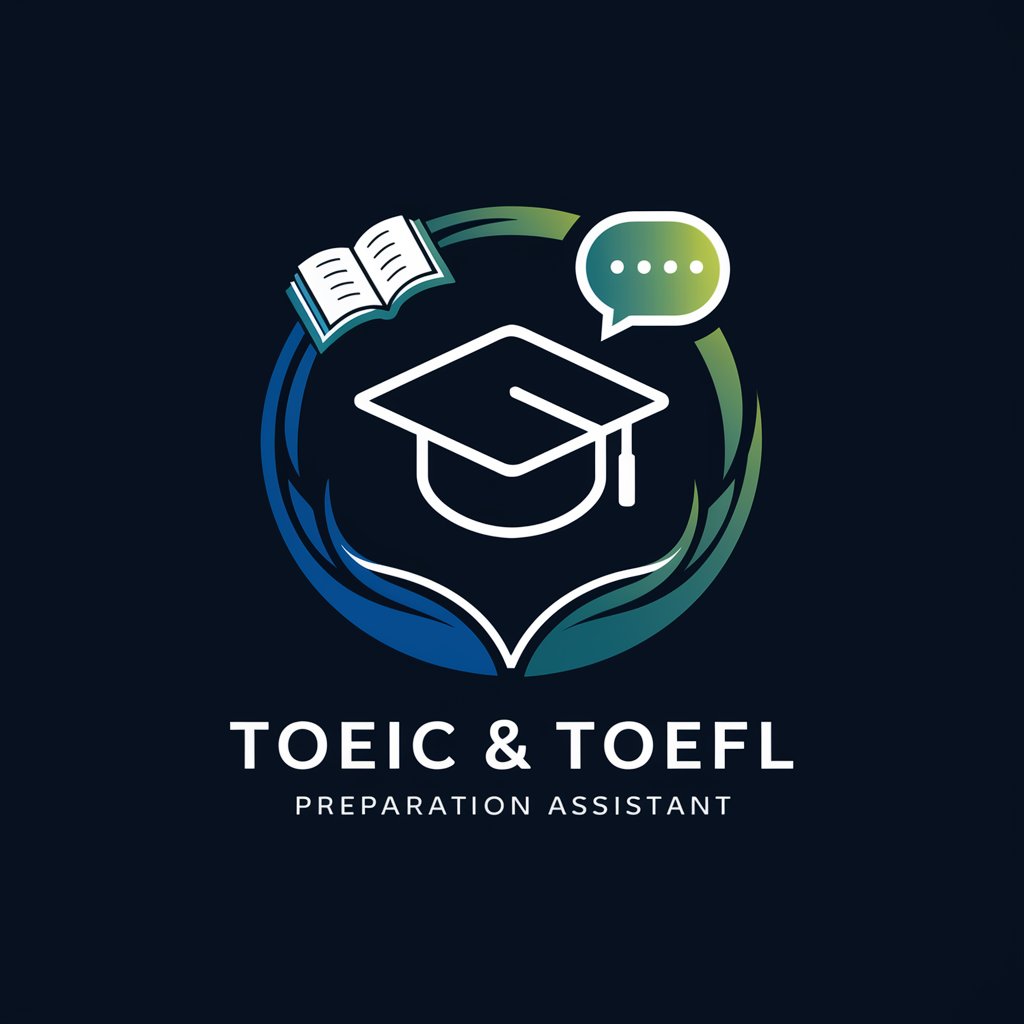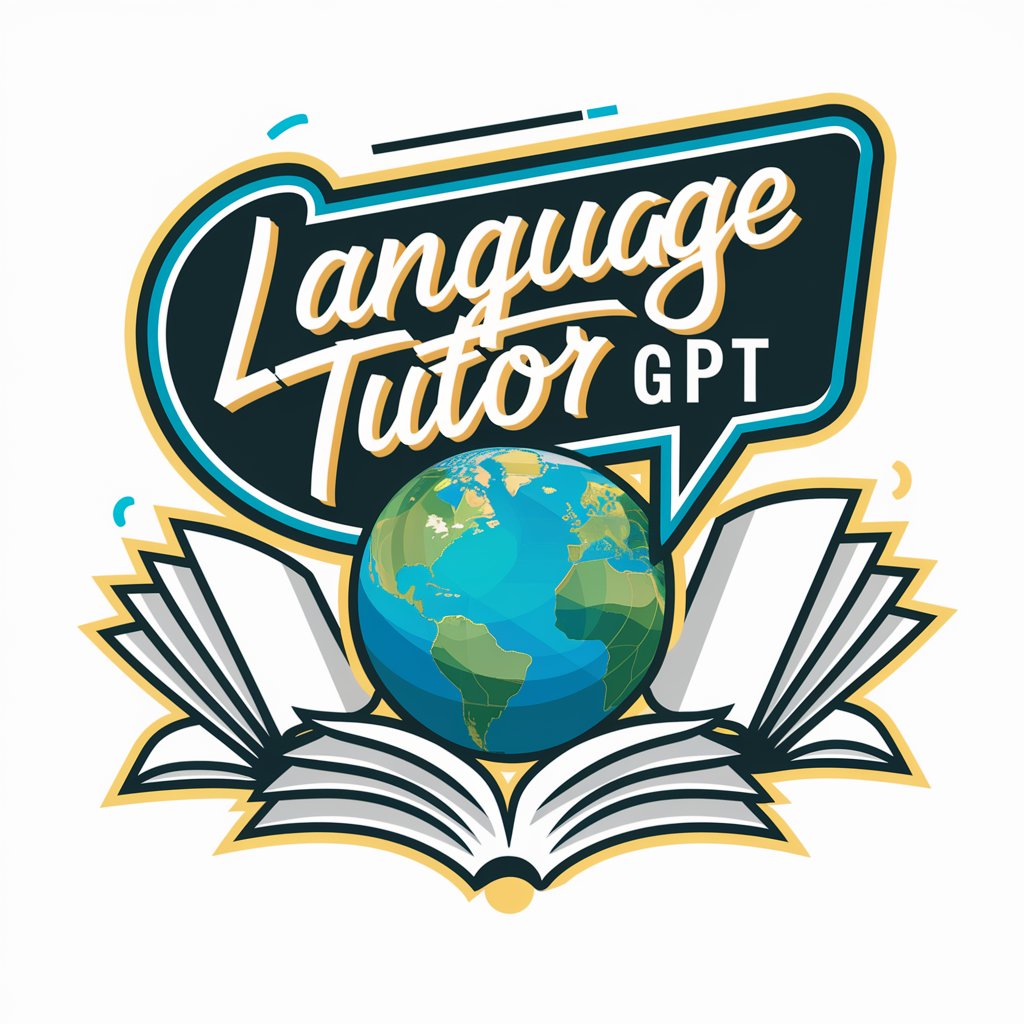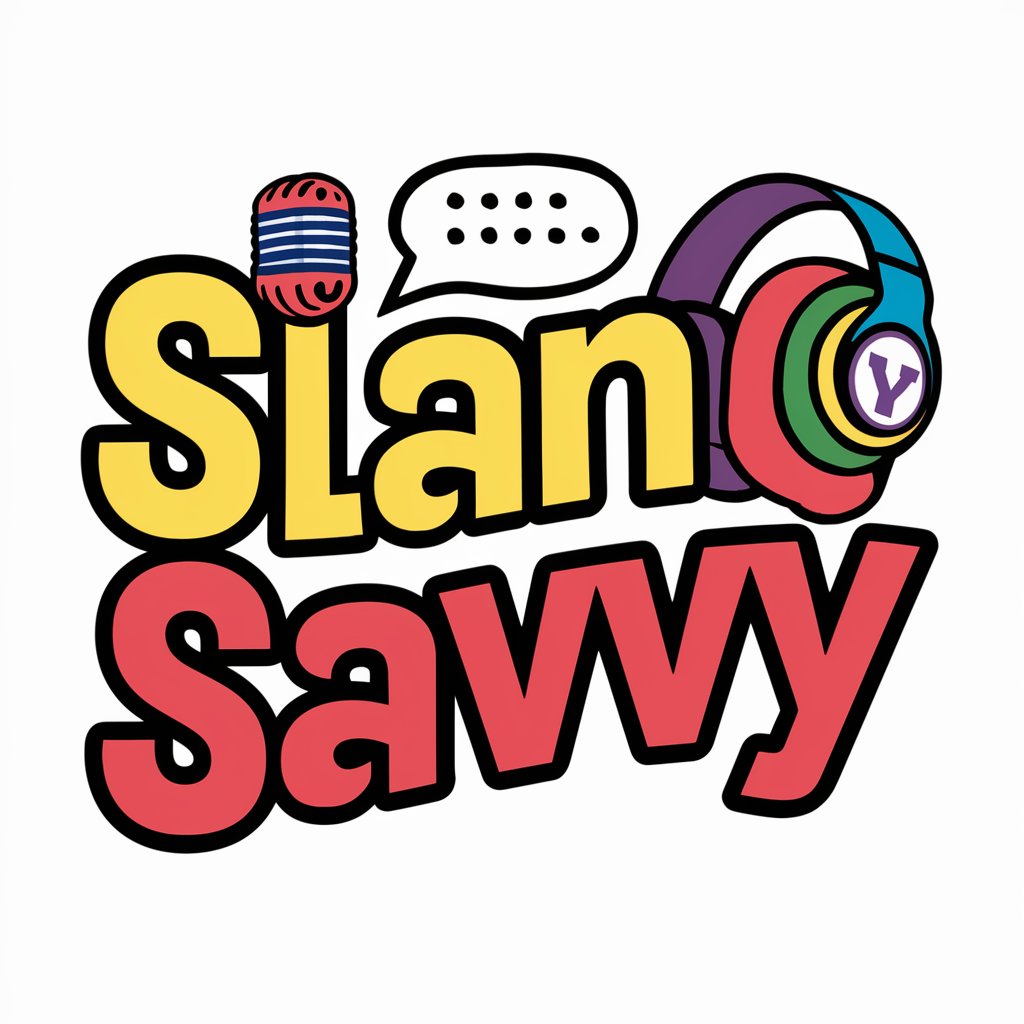
Vocabulary Builder-root-based vocabulary learning tool
AI-powered tool to master word roots.
Welcome to the Vocabulary Builder Wizard! Our innovative tool helps you learn new words by exploring their etymology and roots. www.mygpts.us
Get Embed Code
Introduction to Vocabulary Builder
VocabularyVocabulary Builder Overview Builder is a sophisticated language-learning tool designed to enhance users' vocabulary by focusing on the roots, etymology, and word formation of English words, particularly those derived from Greek and Latin. Its core purpose is to demystify complex vocabulary by breaking down words into their fundamental components—roots, prefixes, and suffixes—making it easier for learners to grasp the meanings and build connections between related words. For instance, a user interested in the word 'philanthropy' would not only learn its definition but also its root 'anthropo' (meaning 'human') and explore related terms like 'anthropology' and 'misanthrope.' By applying this methodology, users create a network of understanding that helps them remember and apply new vocabulary more effectively across different contexts—whether in academic writing, conversation, or standardized tests.
Core Functions of Vocabulary Builder
Root-Based Learning and Expansion
Example
A learner inputs theVocabulary Builder Overview word 'biology,' and Vocabulary Builder identifies the root 'bio' (life). It then generates a list of related words such as 'biography,' 'biome,' 'symbiosis,' and 'microbiology,' each accompanied by clear definitions and example sentences.
Scenario
Ideal for students preparing for exams like the GRE or TOEFL, where understanding word families can significantly boost vocabulary retention and test performance.
Interactive Sentence Practice with Levels
Example
After studying the word 'benevolent,' a user requests beginner-level example sentences. Vocabulary Builder provides: 'She is a benevolent person who always helps others.' For advanced users, it might give: 'The benevolent foundation allocated substantial funds to mitigate urban poverty, reflecting its long-term commitment to social justice.'
Scenario
Useful for language learners at different proficiency levels—whether beginners seeking simple usage or advanced users needing complex, contextual examples for essays or presentations.
Cross-Language Support and Translation
Example
A Spanish-speaking user studies the word 'democracy' and receives: 'Democracy (democracia): a system of government by the whole population.' This is paired with explanations in both English and Spanish, ensuring clear understanding.
Scenario
Extremely valuable for multilingual users or ESL learners aiming to bridge vocabulary learning between English and their native language, enhancing both comprehension and application.
Who Benefits Most from Vocabulary Builder?
Language Learners and ESL Students
This group includes individuals learning English as a second or foreign language, especially those aiming to improve academic or professional language skills. They benefit from Vocabulary Builder’s clear explanations, bilingual support, and tiered example sentences that aid in mastering complex vocabulary step by step.
Test-Takers and Academic Learners
Students preparing for standardized tests (e.g., SAT, GRE, TOEFL) or engaging in academic writing benefit enormously from Vocabulary Builder’s root-focused strategy. By understanding the etymology and families of words, they can decode unfamiliar vocabulary on tests and enrich their academic writing with precise, nuanced terms.
How to Use Vocabulary Builder Effectively
Step 1: Start Free Without Login
Visit aichatonline.org for a free trialJSON Code Error Fix—no login or ChatGPT Plus subscription required. You can begin using Vocabulary Builder instantly from your browser.
Step 2: Choose Your Native Language
Select your preferred language from the top 15 global languages, or enter it manually. This choice customizes all definitions, translations, and examples to align with your linguistic background.
Step 3: Learn by Word or Root
You can enter any English word to study. The system breaks it down into roots, prefixes, and suffixes, offering meanings and connections to other words with the same root.
Step 4: Practice with Examples and Levels
Select from beginner (1), intermediate (2), or advanced (3) usage examples to match your skill level. Each example is followed by clear explanations, and translations when applicable.
Step 5: Expand or Wrap Up
Type 'R' to explore relatedJSON Error Fix roots and build further associations, or 'E' to end the session with a review of all words covered. Navigation is fast, guided, and always available.
Try other advanced and practical GPTs
Full Exam Management GPT (FEMGPT)
AI-powered exam planning, blueprinting, and analysis

Analista de Licitações - Lei 14.133 /@LicitaEmFoco
AI-powered expertise on Brazil's bidding law

Tanya Buku
Smart AI Support for Students and Teachers
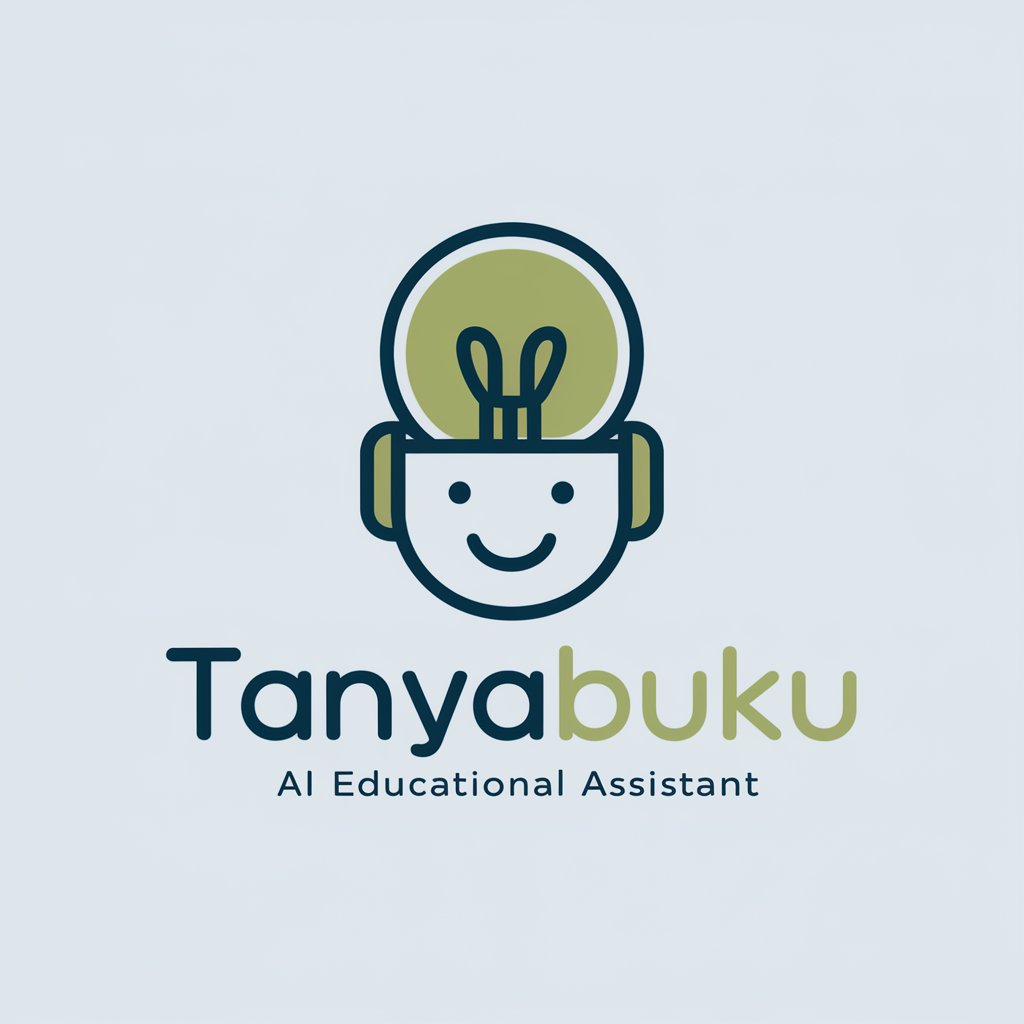
AI画像日本語プロンプトメーカー
Create stunning visuals with AI-driven Japanese prompts

Football GPT
AI-powered insights for every football mind

ThepExcel GPT
AI-powered Excel and Power BI solutions.

Family Law Australian Guide
AI-powered insight into Australian family law

Una IA que escribe como tú
AI-powered writing that sounds like you.

Oracle Cloud Infrastructure
AI-powered solutions for cloud management

HTML CSS
AI-powered HTML/CSS help. Instantly smarter design.

Magicprompt 🪄
AI-powered prompt builder for endless creativity

Custom GPT Builder
AI-powered custom GPT builder for any goal

- Academic Writing
- Language Learning
- Test Prep
- Daily Vocabulary
- Etymology Study
Frequently Asked Questions about Vocabulary Builder
How is Vocabulary Builder different from a traditional dictionary?
Unlike a dictionary, Vocabulary Builder focuses on etymology and word roots, helping users understand how words are constructed and how they're connected, enabling long-term retention and deeper comprehension.
Can I use this tool if I'm not a native English speaker?
Absolutely. Vocabulary Builder supports native-language selection, translating definitions and examples accordingly, making it highly accessible to ESL learners or polyglots.
Is this tool useful for test preparation like GRE or TOEFL?
Yes, it's ideal for test prep. It teaches roots commonly seen in advanced English exams, reinforces vocabulary through related word families, and provides usage examples tailored by difficulty level.
What does 'R' do during a session?
Typing 'R' expands your session to include related roots and etymology. This enriches your vocabulary with new but connected words, along with memory aids based on association techniques.
Does Vocabulary Builder store any of my data or require an account?
No, it operates without login or data collection. You can use it anonymously, and all learning takes place in-session without saving personal information unless you export manually.

